Description
The Madagascar Day Gecko (Phelsuma madagascariensis) is a vibrant and active species of gecko native to Madagascar. Known for their bright colors and diurnal (daytime) activity, these geckos are a favorite among reptile enthusiasts.
Characteristics
Physical Appearance
- Coloration: Bright green with red or orange spots and stripes, particularly on the head and back. Their toes are also often brightly colored.
- Size: Adults typically range from 7 to 9 inches in length, including the tail.
- Build: Slender and agile with adhesive toe pads that allow them to climb smooth surfaces.
Behavior
- Diurnal: Active during the day, unlike many other gecko species that are nocturnal.
- Diet: Omnivorous, feeding on insects, fruit, nectar, and commercially available gecko diets in captivity.
- Temperament: Generally shy and can be skittish. They are not typically handled as they can be easily stressed and their delicate skin can be damaged.
Habitat and Enclosure
Natural Habitat
- Location: Native to the tropical and subtropical forests of Madagascar.
- Environment: Humid, with plenty of foliage and access to sunlight.
Captive Enclosure
- Size: A vertically oriented enclosure of at least 18 inches tall, 18 inches wide, and 24 inches long for an adult is recommended.
- Climbing Structures: Provide plenty of branches, vines, and foliage to mimic their natural habitat.
- Temperature: Maintain a basking spot around 90°F with ambient temperatures of 75-80°F. Nighttime temperatures can drop to 70-75°F.
- Humidity: High humidity levels of 60-80%. Regular misting and a large water dish can help maintain humidity.
- Lighting: Full-spectrum UVB lighting is essential for their health, helping to synthesize vitamin D3 and absorb calcium.
Care and Maintenance
- Diet: Offer a varied diet consisting of gut-loaded insects (such as crickets, roaches, and mealworms), fruit purees, and commercial gecko diets. Dust insects with calcium and vitamin supplements.
- Water: Provide fresh water daily. Mist the enclosure regularly to maintain humidity and provide droplets for drinking.
- Handling: Minimal handling is recommended as they can become easily stressed and their delicate skin can tear. If handling is necessary, be very gentle.
- Health: Regular veterinary check-ups are important. Watch for signs of health issues such as lethargy, loss of appetite, or abnormal feces.
Breeding
- Breeding Season: Typically coincides with the warmer months when temperatures and humidity are higher.
- Egg Laying: Females lay clutches of 2 eggs, usually every 4-6 weeks during the breeding season. Eggs are often laid in hidden or secure locations.
- Incubation: Eggs incubate for about 50-70 days at a temperature of around 80-85°F.
- Care of Young: Hatchlings are typically about 2 inches long and require the same care as adults but on a smaller scale. Feed them appropriately sized insects and ensure proper humidity and temperature.
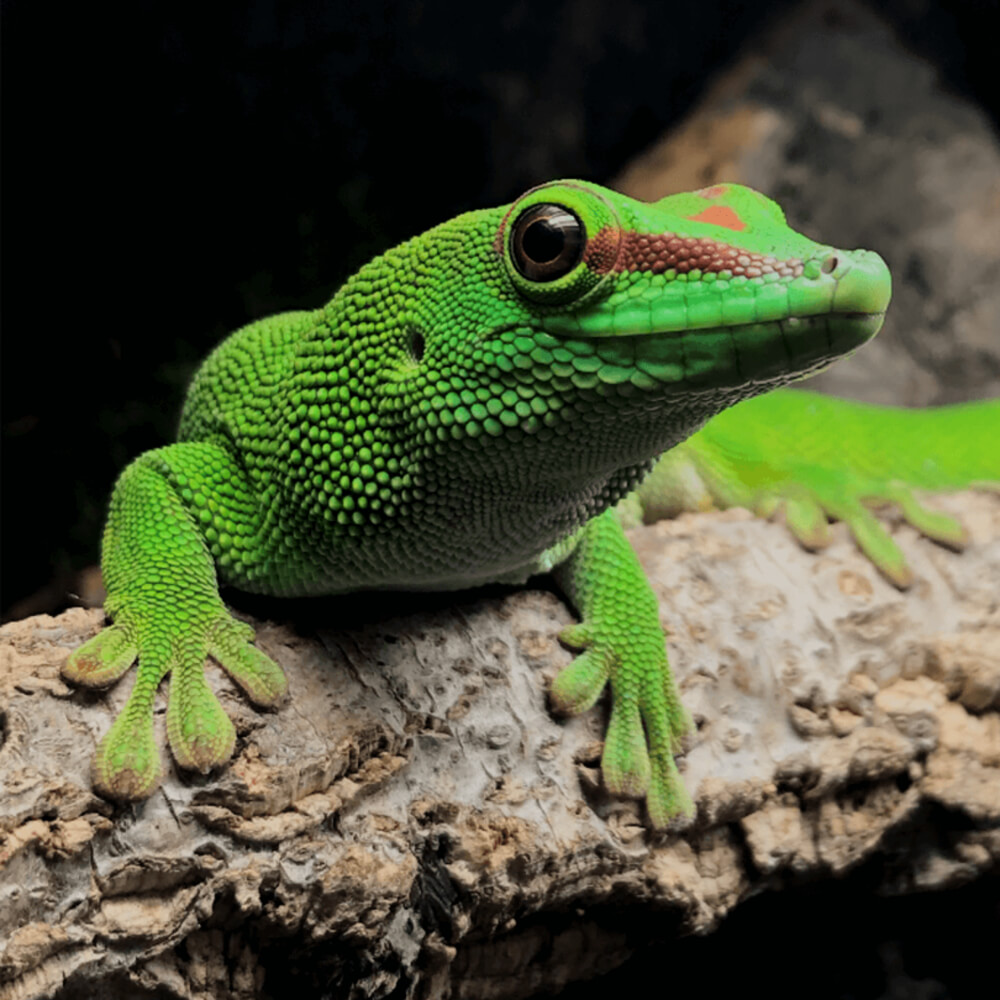


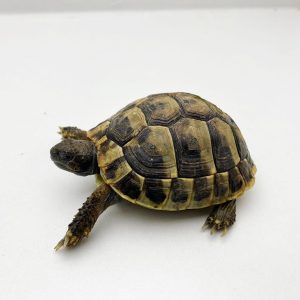
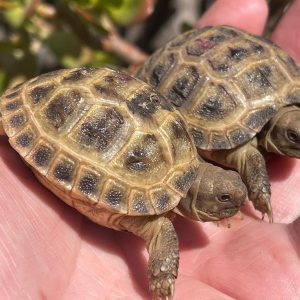
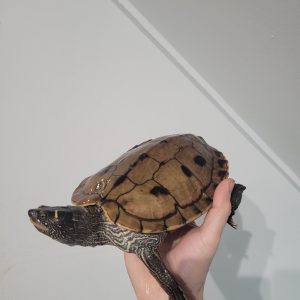
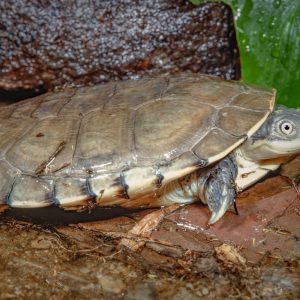
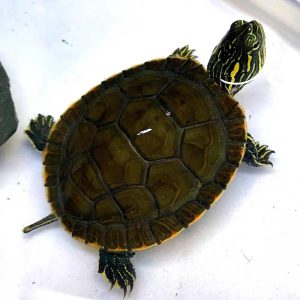
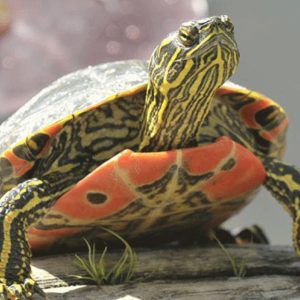
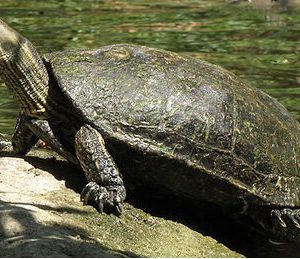
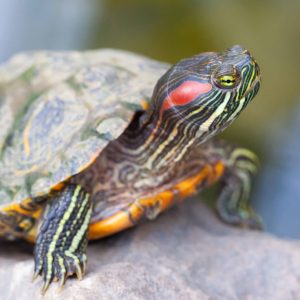

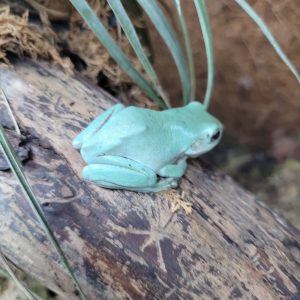
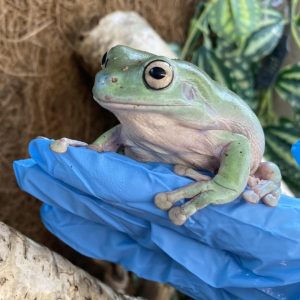

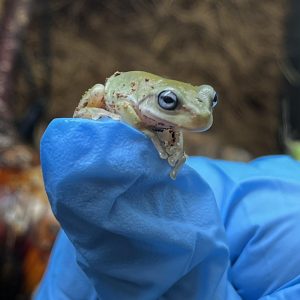
Reviews
There are no reviews yet.